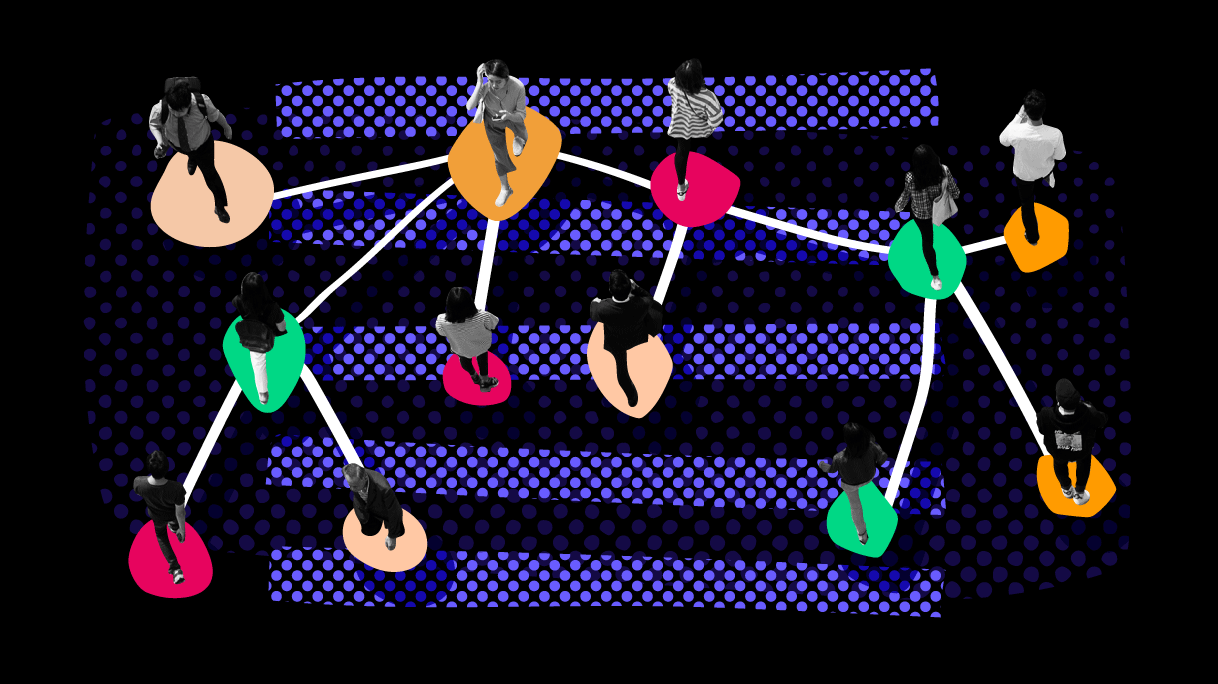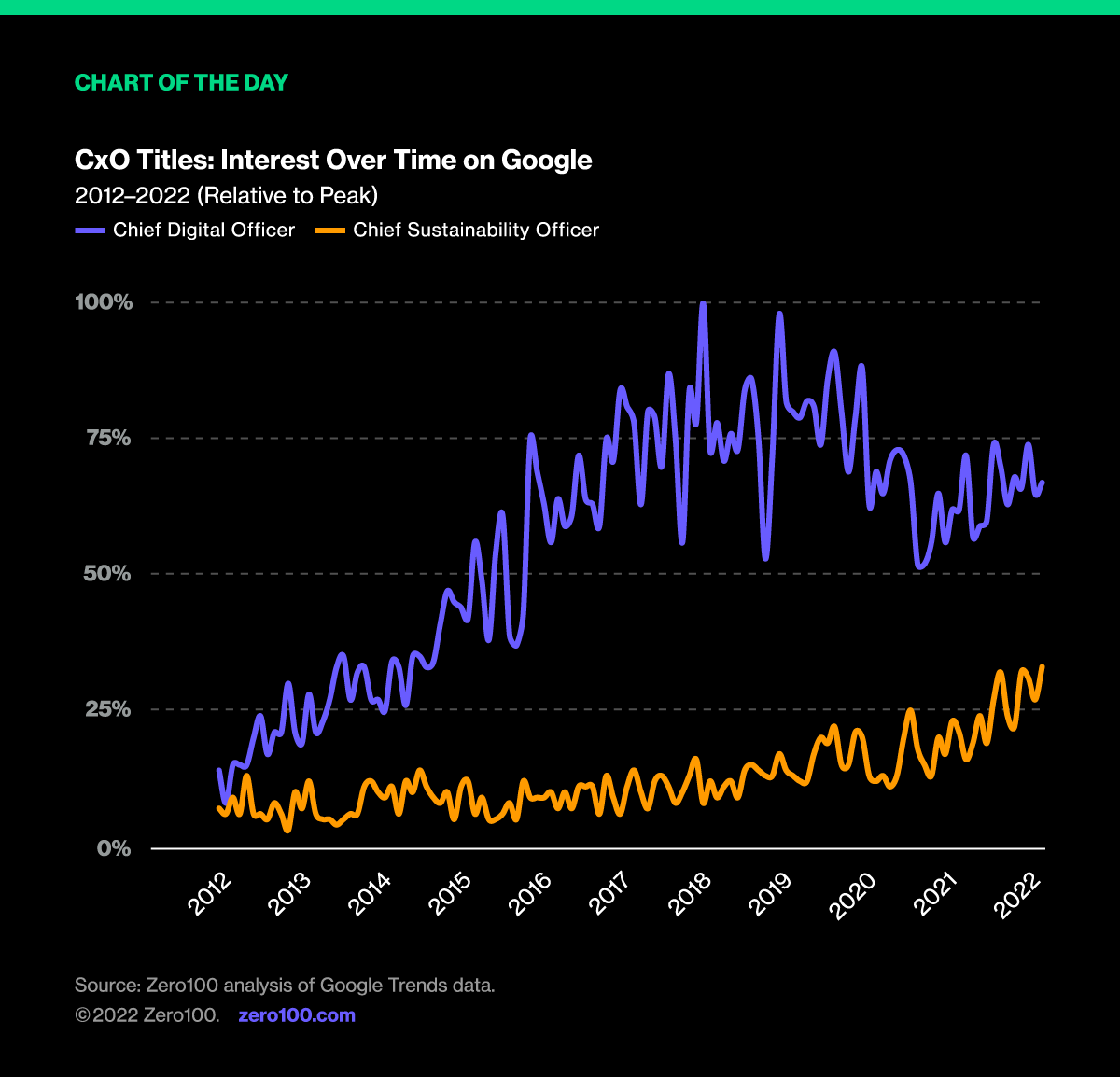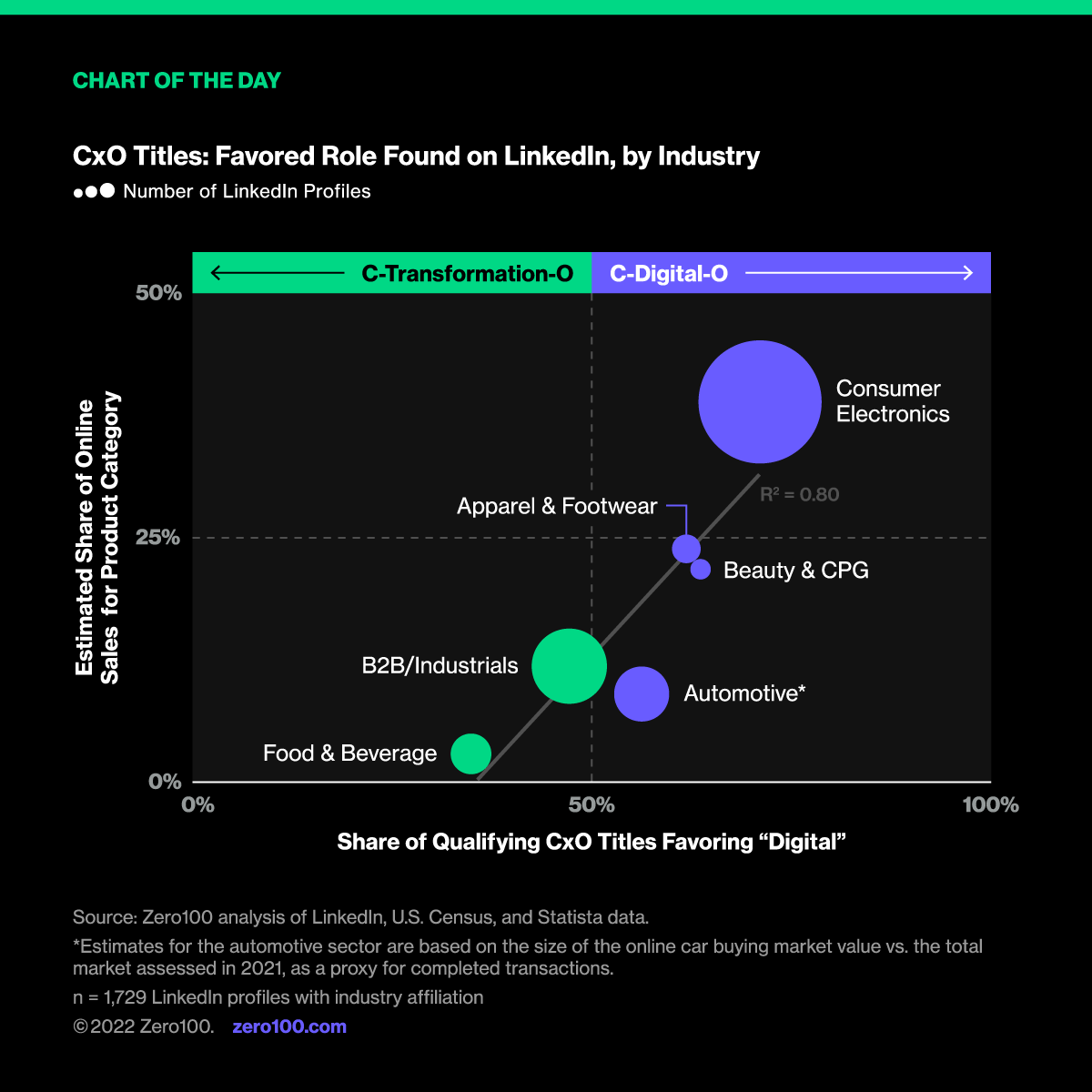
New Research: Organizational Design for Digital Transformation
With organizations differentiating between digital or analog investments, key questions remain. Is there a standard model for rapid digital transformation? If not, which of several models suits our priorities?
Point of View: People
Today, Zero100 launched the first in a new series of research publications. These Point of View reports explore a specific topic aligned to one of three primary mega-trends impacting supply chain, including the digitization of operations (DIGITAL), growing accountability for environmental and social impact (ESG), as well as the organization and development of talent required to effectively respond to new challenges (PEOPLE).
Each publication is structured to quickly orient the reader, define critical questions, review our key findings, and explore the implications of our data analysis, survey insights, or interviews with practitioners. In combination, these perspectives provide the body of evidence and conceptional frameworks required to tackle persistent and growing operational challenges.
First up on the docket: Organizational Design for Digital Transformation.
“Digital” CxOs: Pick a Letter, Any Letter...
If digitalizing the supply chain is the key to breaking down organizational silos, integrating various data ecosystems, and unlocking the potential of Industry 4.0 technologies, then it follows that such transformational efforts will need an “evangelist” in the C-Suite. Or does it?
In the grand history of new and trending CxO roles, the Chief Digital Officer (CDO) is comparatively new. Distinct from CIOs, the number of CDO roles listed at major corporations began to double starting in 2012 – achieving critical mass as corporate strategy and digital strategy began to merge and become synonymous. Peaking in 2020, the title has recently lost some of its luster, with search intent declining throughout the pandemic period.

Key Findings: Form Follow Function
This identity crisis is even worse in our industry. Data gathered from LinkedIn confirms that greater association with the supply chain profession results in less consistency in the level of seniority and job titling of personnel tasked with digital transformation efforts. Among CxO profiles, supply chain professionals were -40% less likely to identify as Chief Digital Offers, but +70% more likely to identify as Chief Transformation Officers on LinkedIn (as compared to a non-filtered sample of professional profiles).
Digging deeper into the data, it becomes easy to see there is no one-size-fits-all organizational construct for the “evangelist” tasked with accelerating digital transformation. Why? Simply put, titling appears contingent on specific industry affiliation—often a greater indicator of relative digital maturity than nascent org structure.
Due to a myriad of contributing factors (e.g., shopper preferences, product price points, ship-to-weight ratios, retail distribution models), different industries find themselves at distinct stages of digital maturity. By most estimates, the share of U.S. retail sales generated by e-commerce is stabilizing at 13% overall—but that critical benchmark varies dramatically from 3% to 40%, depending on the category of products or services sold. So, we tested if titling preferences change based on digital maturity, using this well-established proxy.
From this data cut, it appears titling preference is not random—but highly correlated to the amount of business each industry transacts online. According to our analysis, industries that are comparatively immature with regards to e-commerce (i.e., B2B/Industrials, Food & Beverage) are more likely to opt for a Transformation officer. Industries that are more mature (i.e., Apparel & Footwear, Beauty & CPG, Consumer Electronics) are more likely to opt for a Digital officer. And industries that witnessed the greatest change in consumer behavior stemming from the pandemic (i.e., Automotive), represent the leadership profiles that have undergone the highest changeover (>60%) in titles since 2020.

So What? Implications...
At the end of the day, successful digital transformation is a marriage between technology (solutions) and operations (practices). Determining the degree to which operations has kept pace with technology (or not) is the key to which type of evangelist the organization needs, and whether a centralized structure is warranted to drive organizational change.
Our research suggests that before creating a new organizational unit to drive a digital transformation, supply chain leaders should assess the comparative digital maturity of not only their own business, but also the industry in which they compete.
Borrowing the organizational construct and titling hierarchy from a different industry that may be seen as a “leader” in digital transformation risks skipping important learning along the path to maturity. Transformation is a journey and teams need to establish some familiar stops along the way.
To move faster through the learning process of a digital transformation journey, supply chain leaders should consider the following steps:
#1 You Have Chosen . . . Wisely
Choose which org model fits their current need: opportunistic, decentralized, centralized, or fully integrated. One is not necessarily better than another, but only one is right for your org at a given time—depending on a combination of maturity, culture, buy-in, and operational constraints.
#2 Titles Matter . . . But Don't Overthink It
Use titling (e.g., “Transformation” vs. “Digital”) that is more common in your industry—unless you are specifically trying to attract talent from an adjacent industry. Most importantly, leverage LinkedIn data to shorten the internal debate on what titles to assign change agents and avoid inventing new monikers.
#3 We Need More Power, Scotty!
Ensure the seniority of your most visible “evangelist” is sufficient to drive change through time—especially since that journey can be a long one. This is more important than it may sound, as over a third of supply chain professionals queried identify their internal change agent as a Director-level position or below (vs. Vice President or CxO).
To learn more, download a sample of our latest Research Report.
Note: The full version of the report is available to all members of the Zero100 Community through their sign-in credential.
Coming Next: ESG: Carbon Stream Mapping